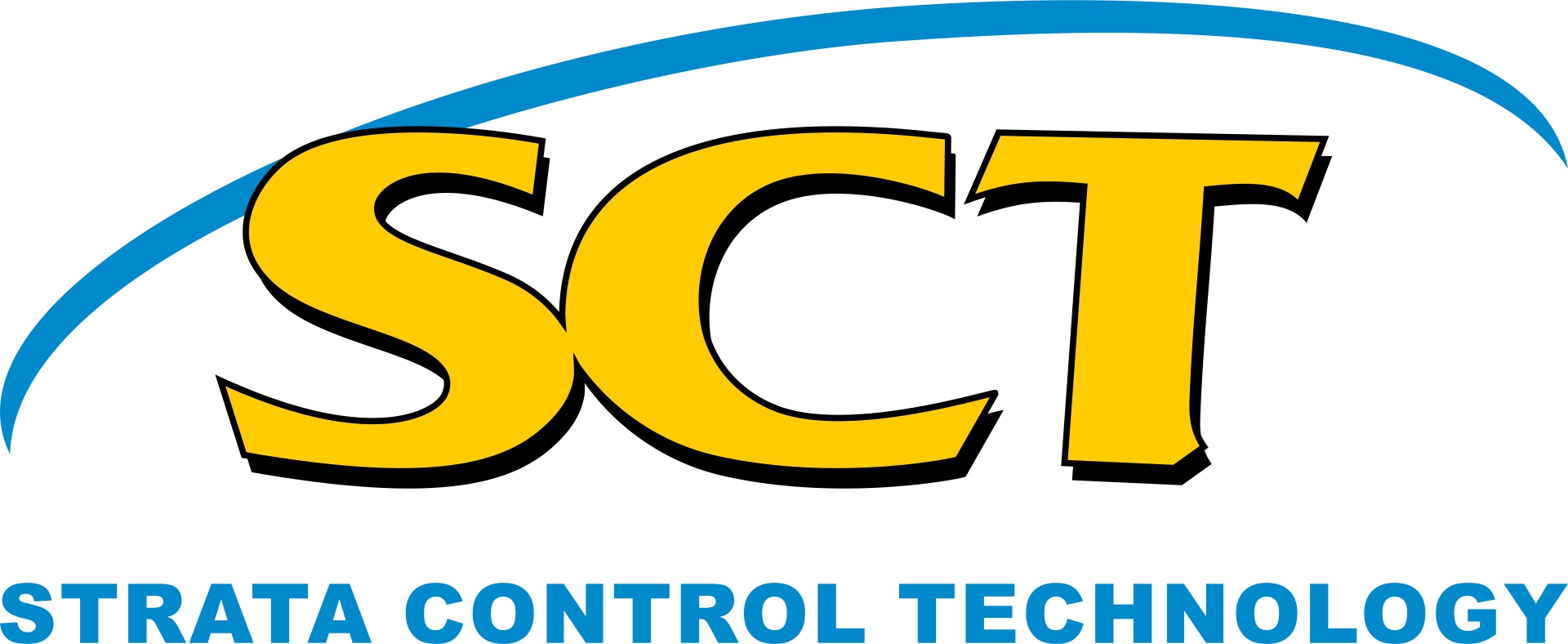Welcome to SCT's own publications library which contains a collection of recent publications and other resources with reliable research about our technology.
-
Observations of Multi Seam Subsidence at Ashton Underground Mine
Published Jun, 2022Ashton Underground Mine (Ashton) is an underground longwall mine located northwest of Singleton in the Hunter Valley of NSW. The mine has extracted longwall panels in three seams, each seam progressively deeper than the last. The mining geometry in each of the seams is regular, parallel and either offset or stacked relative to the panels in the seams above. The high-quality survey monitoring dataset now available from Ashton provides significant insight into the mechanics of ground behaviour in the multi-seam geometry at this site. This paper presents a summary of observations of multi-seam subsidence at Ashton after mining in first two seams and then three seams. Observations-of-Multi-Seam-Subsidence-at-Ashton-Underground-Mine-K-Mills-and-S-Wilson-MSTS-2022-min.pdf1.2 MB -
Further Insights into the Mechanics of Multi Seam Subsidence from Ashton Underground Ken Mills
Published Jan, 2021Since the multi-seam subsidence monitoring data and interpretation from Ashton Underground Mine (Ashton) was last prepared in late 2016 and early 2017 (Mills and Wilson 2017), two additional longwall panels in the second seam of mining have been completed and three longwalls have been mined in the third seam. Observations from the monitoring of these extra panels have enhanced the previous dataset for Ashton and confirmed the contemporary understanding of multi-seam subsidence behaviour at this site. Further-Insights-into-the-Mechanics-of-Multi-Seam-Subsidence-from-Ashton-Underground-Ken-Mills.pdf1.9 MB -
Insights into the mechanics of multi seam subsidence from Ashton Underground Mine - Ken Mills - Steve Wilson
Published Feb, 2017Examples of subsidence monitoring of multi-seam mining in Australian conditions are relatively limited compared to the extensive database of monitoring from single seam mining. The subsidence monitoring data now available from the mining of longwall panels in two seams at the Ashton Underground Mine (Ashton) provides an opportunity to significantly advance the understanding of subsidence behaviour in response to multi-seam mining in a regular offset geometry. This paper presents an analysis and interpretation of the multi-seam subsidence monitoring data from the first five panels in the second seam at the Ashton Underground Mine. The methods used to estimate subsidence effects for the planned third seam of mining are also presented.
Observations of the characteristics of multi-seam subsidence indicate that although more complex than single seam mining, the subsidence movements are regular and reasonably predictable. Movements are constrained within the general footprint of the active panel. They are however sensitive to the relative panel geometries in each seam and to the direction of mining. In an offset geometry, tilt and strain levels are observed to remain at single seam levels despite the greater vertical displacement. At stacked goaf edges tilt and strain levels are up to four times greater. Latent subsidence recovered from the overlying seam has been identified as a key contributor to the subsidence outcomes. Some conventional single seam concepts such as angle of draw and subcritical/supercritical behaviour are less meaningful in a multi-seam environment. Insights-into-the-mechanics-of-multi-seam-subsidence-from-Ashton-Underground-Mine-K.Mills-S.Wilson-2017.pdf2.5 MB
